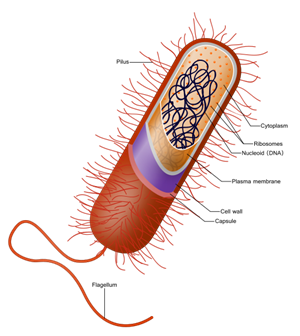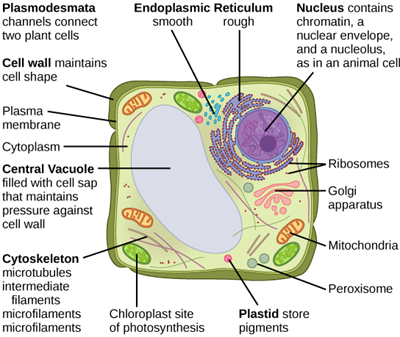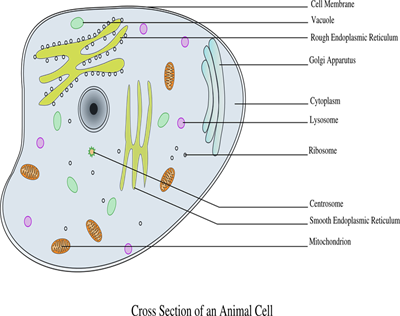
PUMPA - SMART LEARNING
எங்கள் ஆசிரியர்களுடன் 1-ஆன்-1 ஆலோசனை நேரத்தைப் பெறுங்கள். டாப்பர் ஆவதற்கு நாங்கள் பயிற்சி அளிப்போம்
Book Free DemoThe structural organisation of the cell:
Irrespective of the organism, a typical cell consists of three major parts. They are:
- An outer cell membrane
- A jelly-like fluid cytoplasm
- A nucleus
Like the body's internal organs, such as the heart, lungs and eyes, the cell's organelles are specialised structures that perform valuable functions necessary for regular cellular operation. All these distinct organelles lie inside the cell. But in cells like bacteria, a true nucleus, i.e., a nucleus with a cell membrane, is absent. Instead, they have a nucleus without a cell membrane.
Types of cells:
Based on the presence and absence of a true nucleus, the cell is divided into two types. They are the prokaryotic cell and the eukaryotic cell.
Prokaryotic cells:
'Pro' refers to primitive, and 'karyon' refers to the nucleus. Hence, they are the first form of life on earth.
These cells lack a true nucleus. This type of nucleus is known as a nucleoid. There is no nuclear membrane around a nucleoid.
Therefore, these cells were the first form of life on earth. These cells range from 0.003 - 2.0 micrometre in diameter.

Bacteria
Example:
Bacteria, Chlamydomonas, paramecium and blue-green algae
Eukaryotic cells:
'Eu' refers to true, and 'karyon' refers to the nucleus. These cells have a true nucleus with a nuclear membrane. They contain all the various cell organelles bounded by a membrane and are bigger than the prokaryotic cells.

A typical plant cell

A typical animal cell
All organisms other than bacteria and blue-green algae i.e., the plants and animals are called eukaryotes. Yeast is a unicellular eukaryote.
Differences between a prokaryotic and a eukaryotic cell:
Prokaryotic cell | Eukaryotic cell |
| The diameter of this cell ranges from 1 - 2 micron. | The diameter of this cell ranges from 10 - 100 micron. |
| Membrane-bound organelles are absent. | Membrane-bound organelles are present. |
| Nuclear membrane is absent in this nucleus | True nucleus that consists of a nuclear membrane is present. |
| Nucleoli is absent. | Nucleoli is present. |
Reference:
https://upload.wikimedia.org/wikipedia/commons/3/3f/Figure_04_03_01b.png
https://pixabay.com/vectors/cell-information-animal-biology-48542/